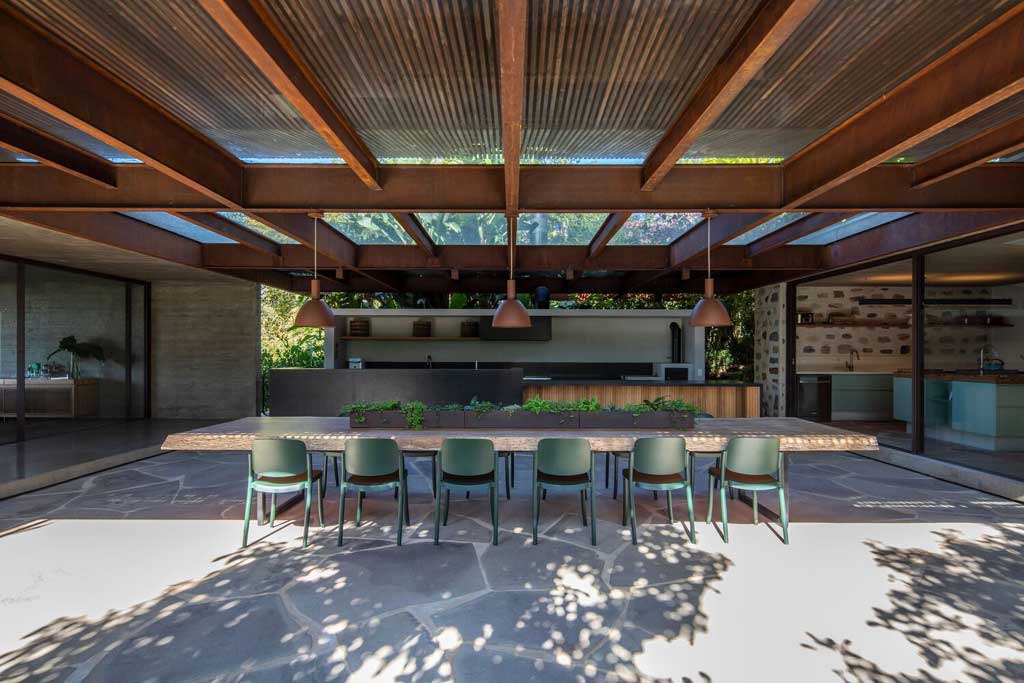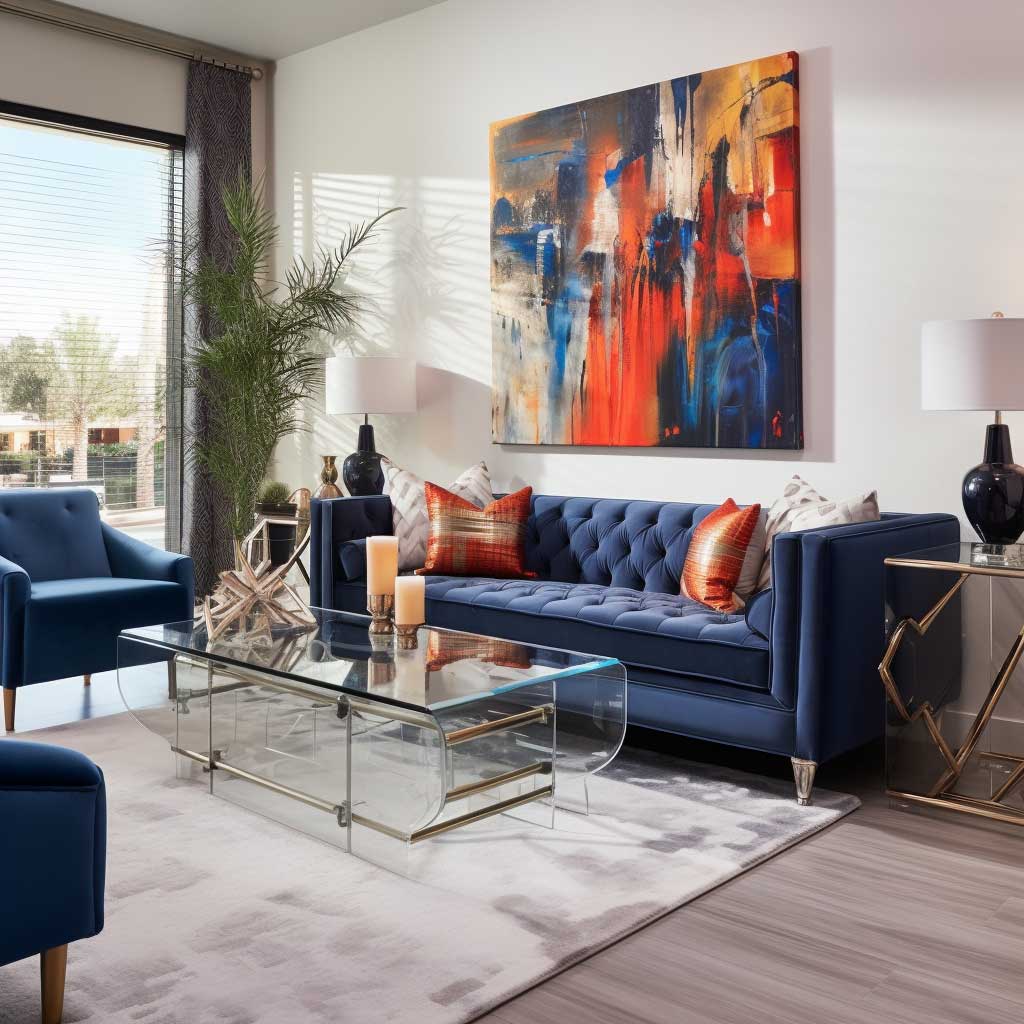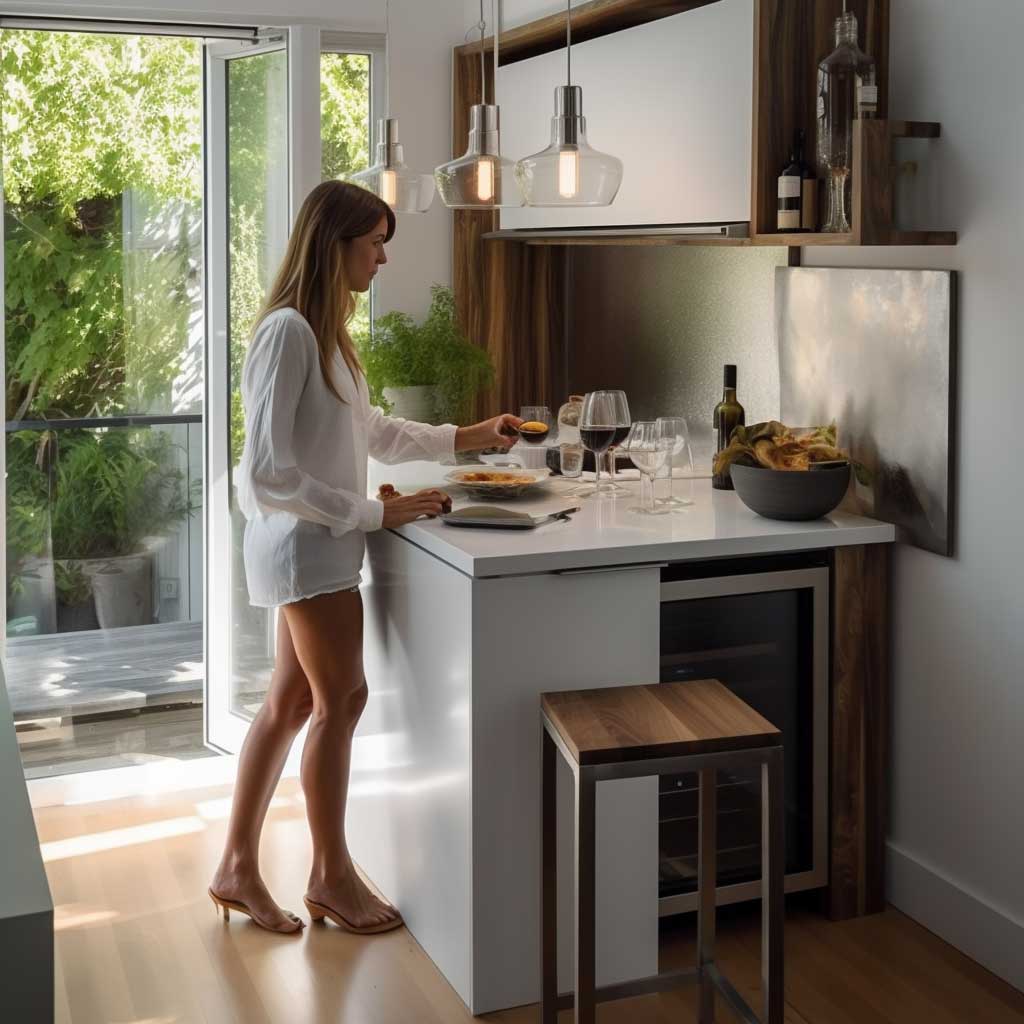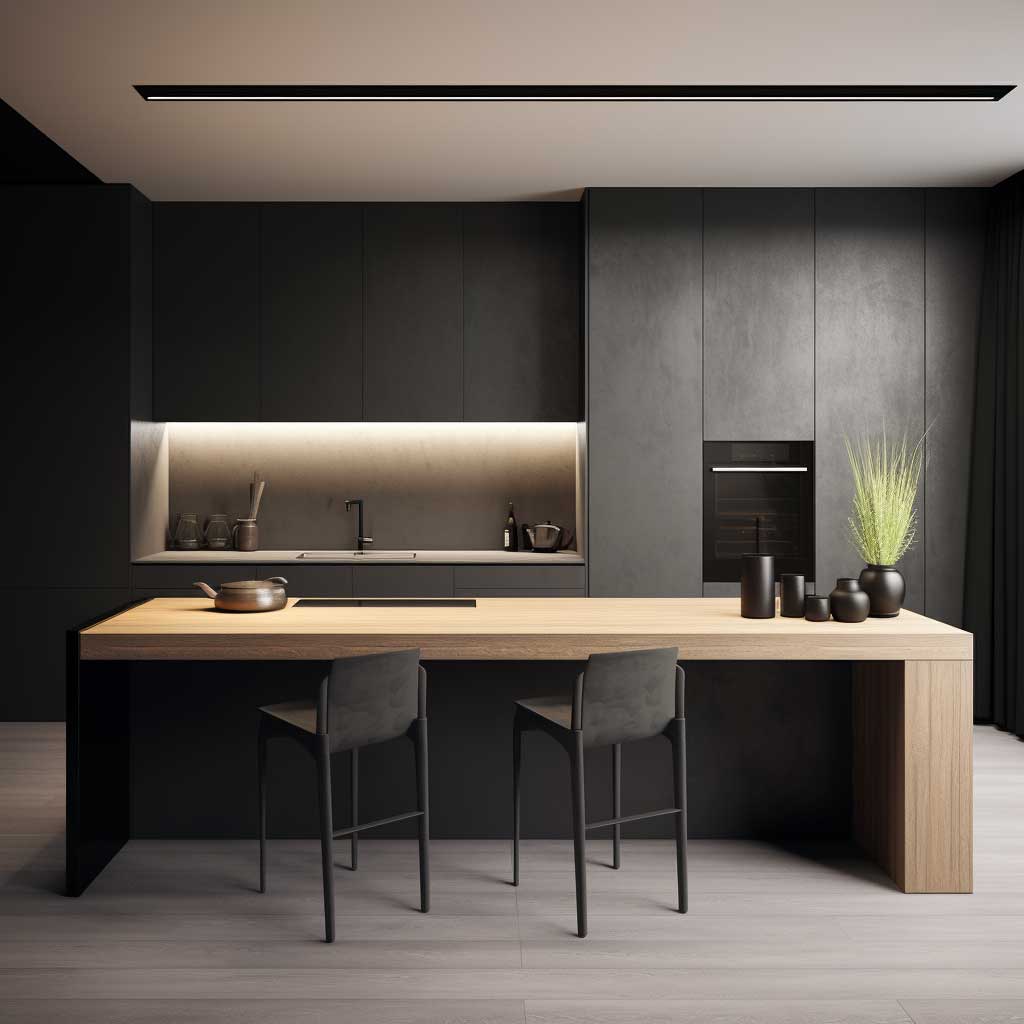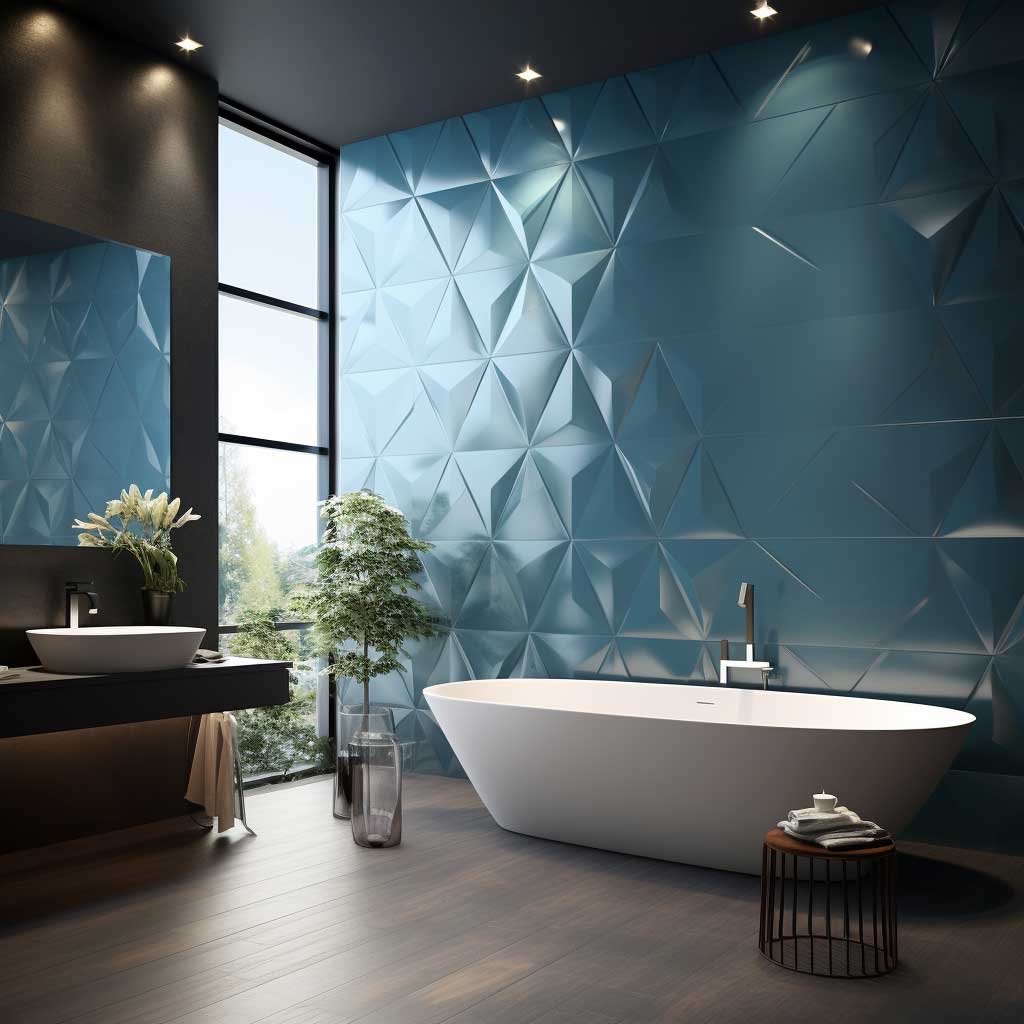Discover the art of making the most out of small spaces with our guide to tiny living room ideas. In this article, we delve into creative and efficient ways to design tiny living rooms, transforming them into stylish and functional areas that cater to every home’s needs. Learn how to embrace minimalism, smart storage, and ingenious furniture arrangements to create a living space that feels both spacious and welcoming.
Maximizing Space with Style in Tiny Living Rooms




In the modern era of urban living, where space is often at a premium, the art of designing tiny living rooms has become increasingly important. A tiny living room presents a unique set of challenges, but it also offers a canvas for creativity and innovation. The goal is to create a space that is not only aesthetically pleasing but also functional and comfortable. This essay explores various strategies and ideas to maximize space with style in tiny living rooms, ensuring that even the smallest spaces can become cozy, elegant, and welcoming.
The first step in maximizing a tiny living room is to adopt a minimalist approach. This doesn’t mean the space has to be stark or boring; rather, it’s about choosing furnishings and decor that are both functional and stylish. In a small space, every piece of furniture should serve a purpose. Multi-functional furniture, such as a sofa bed or a coffee table with storage, can be life-savers in tiny living rooms. These pieces provide the functionality needed without occupying too much space.
Color and lighting play a crucial role in the perception of space. Light, neutral colors like beige, light gray, or pastels can make a room feel more open and airy. Painting the walls and ceiling the same light color can blur the boundaries of the room, creating an illusion of a larger space. Additionally, allowing natural light to flow in can instantly make a room feel more spacious. If large windows aren’t an option, strategic placement of mirrors can help to reflect light and create a sense of depth.
When it comes to decorating a tiny living room, the key is to keep it simple. Overdecorating can make the space feel cluttered and cramped. Instead, choose a few statement pieces that add character and style. Wall-mounted shelves or floating cabinets are great for displaying decor without taking up floor space. Artwork or a large mirror can also serve as a focal point, drawing the eye and adding a sense of depth.
Flooring is another aspect that can impact the perception of space in a tiny living room. Opting for a single type of flooring throughout the area can create a seamless look, making the room appear larger. If a rug is desired, a large one that fits under all the main furniture can unify the room and make it appear more spacious than several smaller rugs.
Incorporating plants is a wonderful way to add life and color to a tiny living room. Plants not only enhance the aesthetic appeal of a room but also improve air quality. In small spaces, vertical gardens or hanging plants can be a great way to incorporate greenery without sacrificing floor space.
Finally, storage is critical in tiny living rooms. Creative storage solutions like ottomans with storage, built-in shelves, or a TV unit with hidden storage can help keep the space organized and clutter-free. The key is to use the available space efficiently, with a focus on vertical storage options to maximize floor space.
In conclusion, designing a tiny living room requires thoughtful planning and creativity. By adopting a minimalist approach, focusing on light and color, keeping decor simple, considering flooring options, adding greenery, and optimizing storage, it’s possible to create a tiny living room that is both stylish and functional. These tiny living room ideas not only maximize space but also ensure that the living room is a cozy, inviting space that reflects personal style and meets practical needs.
Innovative Storage Solutions for Sleek Tiny Living Spaces




In the quest to design tiny living rooms that are both stylish and practical, innovative storage solutions play a pivotal role. The challenge is to find ways to store belongings without cluttering the already limited space. This essay delves into various creative storage ideas that can transform tiny living rooms into models of efficiency and elegance. These ideas not only solve the problem of clutter but also add to the aesthetic appeal of the room, demonstrating that functionality and style can coexist beautifully in small spaces.
The cornerstone of effective storage in tiny living rooms is to utilize every inch of available space smartly. This often means thinking outside the traditional storage box and getting creative. For instance, built-in storage units that span from floor to ceiling can make use of vertical space, providing ample storage without encroaching on the living area. These units can be designed to blend seamlessly with the walls, giving a sleek and uncluttered look to the room. Customizable shelving within these units allows for storing a variety of items, from books and decorative objects to multimedia equipment.
Another ingenious storage solution for tiny living rooms is furniture with built-in storage. A classic example is a sofa or ottoman with storage space beneath the seating area. These pieces serve a dual purpose – they provide comfortable seating and discreet storage space for items like blankets, cushions, or even books. Similarly, coffee tables with shelves or drawers can offer additional storage space for remote controls, magazines, or board games.
Maximizing underutilized spaces is a key strategy in tiny living rooms. The space under the stairs, if available, can be transformed into a compact home office, bookshelf, or even a series of pull-out drawers. Similarly, the area behind doors can be equipped with slim shelving units for storing small items or displaying decor.
Wall-mounted furniture is another space-saving solution that works wonders in tiny living rooms. Floating desks, fold-down dining tables, or even wall-mounted TV units can save floor space and give the room a more open feel. These pieces can be folded or tucked away when not in use, freeing up space for other activities.
Using multifunctional furniture is also an effective way to enhance storage in tiny living spaces. For example, a dining table that can double as a work desk or a daybed that serves as both seating and guest sleeping area can be practical additions. The key is to choose furniture that is adaptable and can serve more than one purpose.
In addition to functional storage solutions, the aesthetic aspect of storage should not be overlooked. Choosing storage units with clean lines and a minimalist design can contribute to a modern and uncluttered look. Materials like glass, metal, or light-colored wood can maintain an airy and bright feel in the room. Decorative baskets or boxes can also be used to store items while adding a touch of style.
In conclusion, innovative storage solutions are essential in the design of tiny living rooms. By utilizing built-in storage, multi-functional furniture, underutilized spaces, and wall-mounted units, it is possible to create a living room that is both storage-efficient and aesthetically pleasing. These storage ideas not only help in keeping the room organized and clutter-free but also contribute to its overall charm and functionality, proving that even tiny spaces can be transformed into stylish and efficient living areas.
Elegant and Practical Tiny Living Room Layouts
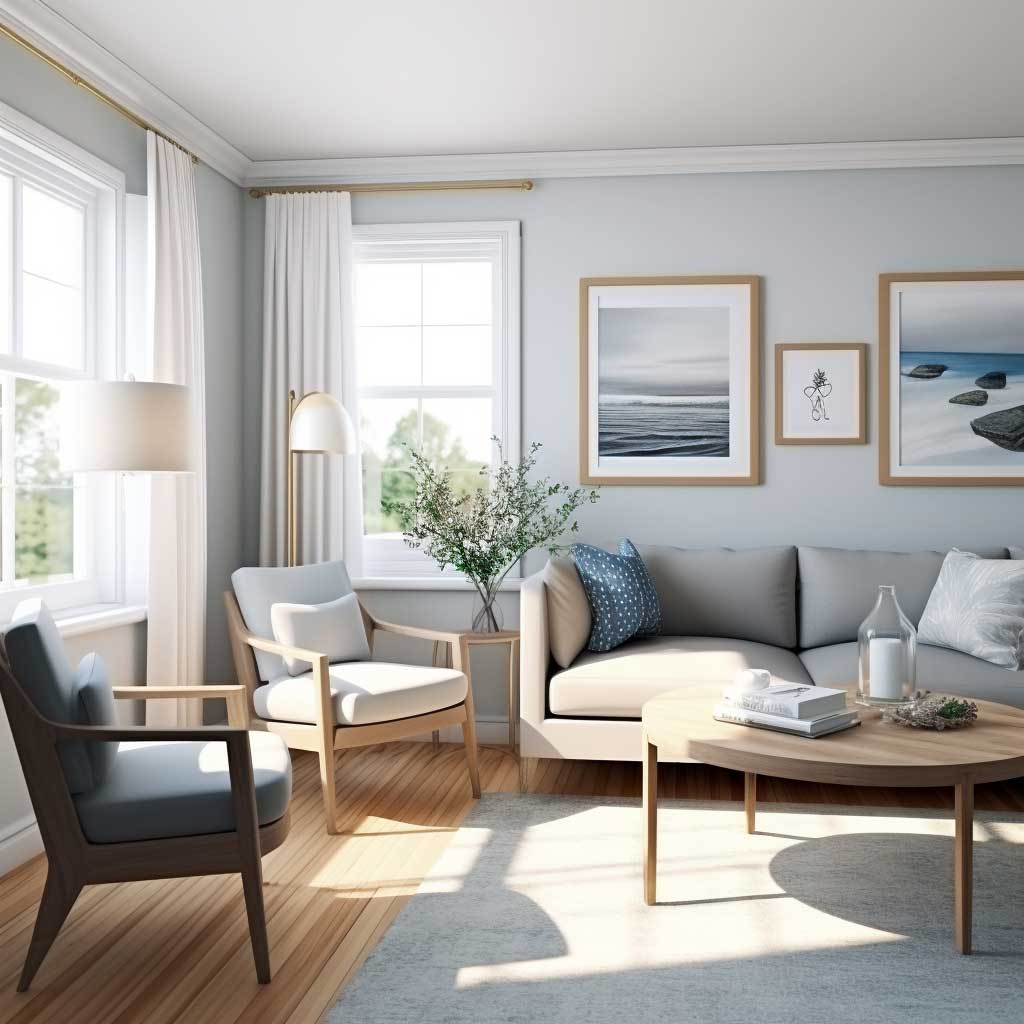

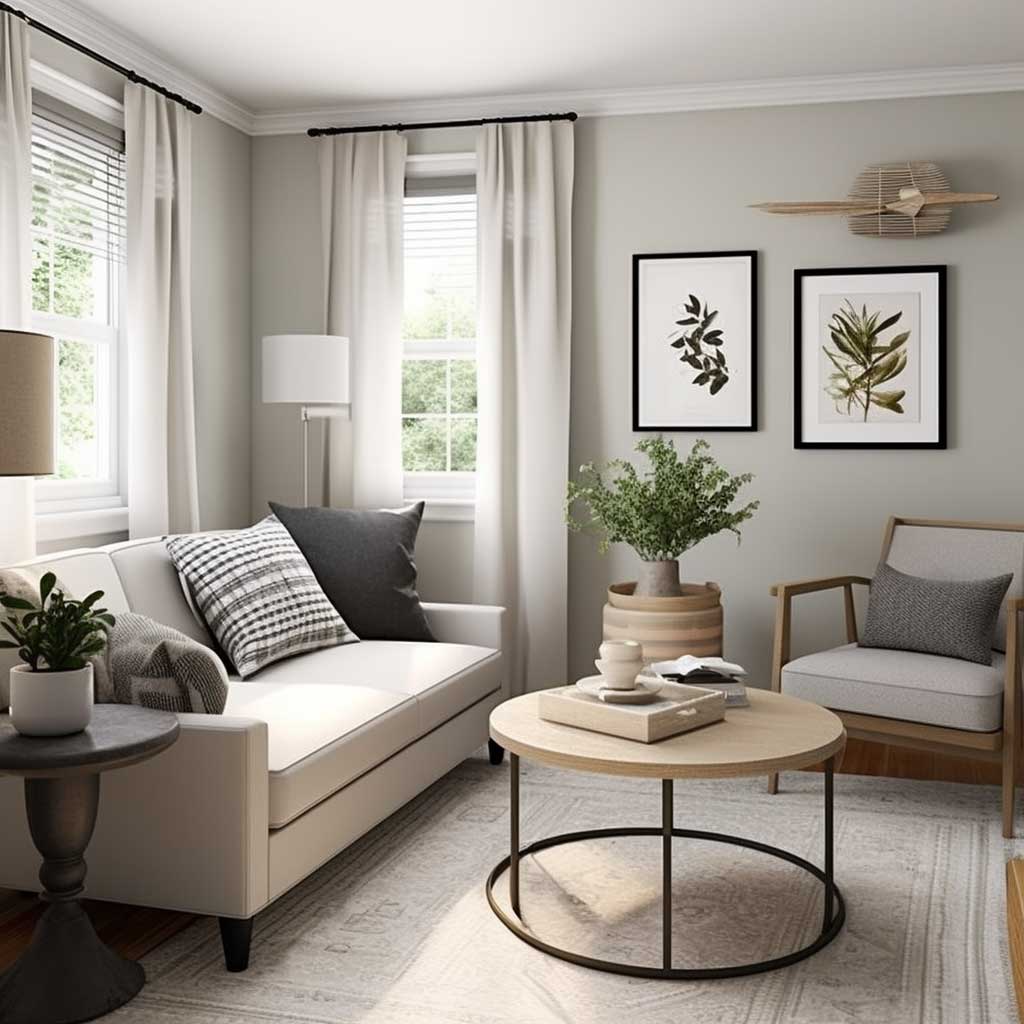

Designing an elegant and practical layout for a tiny living room is a creative challenge that requires balancing aesthetics with functionality. In small spaces, every design decision, from the placement of furniture to the choice of color palette, can have a significant impact on the feel and usability of the room. This essay explores various ideas and strategies for creating tiny living room layouts that are both elegant and practical, ensuring that these compact spaces are not only visually appealing but also comfortable and inviting.
The first step in creating an effective layout for a tiny living room is to prioritize the essential functions of the space. This might involve deciding whether the room will be used primarily for relaxing, entertaining, working, or a combination of these. Once the primary function is established, furniture can be selected and arranged to facilitate these activities. For instance, in a living room where entertainment is a priority, the seating arrangement should be oriented towards a TV or entertainment system. In contrast, a living space doubling as a home office might include a compact desk or a work area integrated into the layout.
In tiny living rooms, selecting the right furniture is crucial. Pieces that are too large can overwhelm the space, making it feel cramped and cluttered. Instead, opt for furniture with clean, simple lines and proportions that are in scale with the size of the room. Sofas with raised legs, armchairs without bulky armrests, and coffee tables with a slender profile can create a sense of openness, allowing light and air to flow more freely around the room.
The arrangement of furniture is equally important. In small spaces, the traditional layout of having all furniture against the walls might not always be the best solution. Experimenting with angles or floating furniture away from the walls can create a more dynamic and spacious feel. Using rugs to define different zones within the room can also help organize the space without the need for physical barriers.
Storage is an essential aspect of any living room, but in tiny spaces, it needs to be particularly well thought out. Built-in storage solutions, such as shelves or cabinets integrated into the wall, can save valuable floor space. Furniture that doubles as storage, like ottomans with hidden compartments or coffee tables with drawers, can also be a smart way to reduce clutter and maintain a clean, open feel.
Lighting is a powerful tool in shaping the perception of space. In tiny living rooms, a combination of different light sources can be used to enhance the room’s functionality and aesthetic appeal. Ambient lighting provides overall illumination, while task lighting is crucial for activities like reading or working. Accent lighting can be used to highlight architectural features or artwork, adding depth and interest to the room.
Finally, the choice of color and decor can significantly influence the room’s ambiance. Light colors and soft pastels can make a room feel larger and brighter. Mirrors can be strategically placed to reflect light and create an illusion of more space. However, this doesn’t mean that small rooms should shy away from bold colors or patterns. Used judiciously, these can add character and vitality to the space, making it more personal and inviting.
In conclusion, designing an elegant and practical layout for a tiny living room requires careful consideration of furniture size and placement, storage solutions, lighting, and decor. By prioritizing the room’s function, choosing appropriate furniture, organizing the space effectively, and using color and light to enhance the sense of space, even the smallest living room can be transformed into a stylish, comfortable, and functional area.
Tiny living rooms present unique challenges, but with the right approach, they can be transformed into charming and efficient spaces. This article has explored various ideas, from maximizing minimalism and utilizing hidden storage to creative furniture arrangements. These tiny living room ideas are not just about making small spaces work; they are about creating stylish, comfortable, and functional areas that enhance everyday living.


